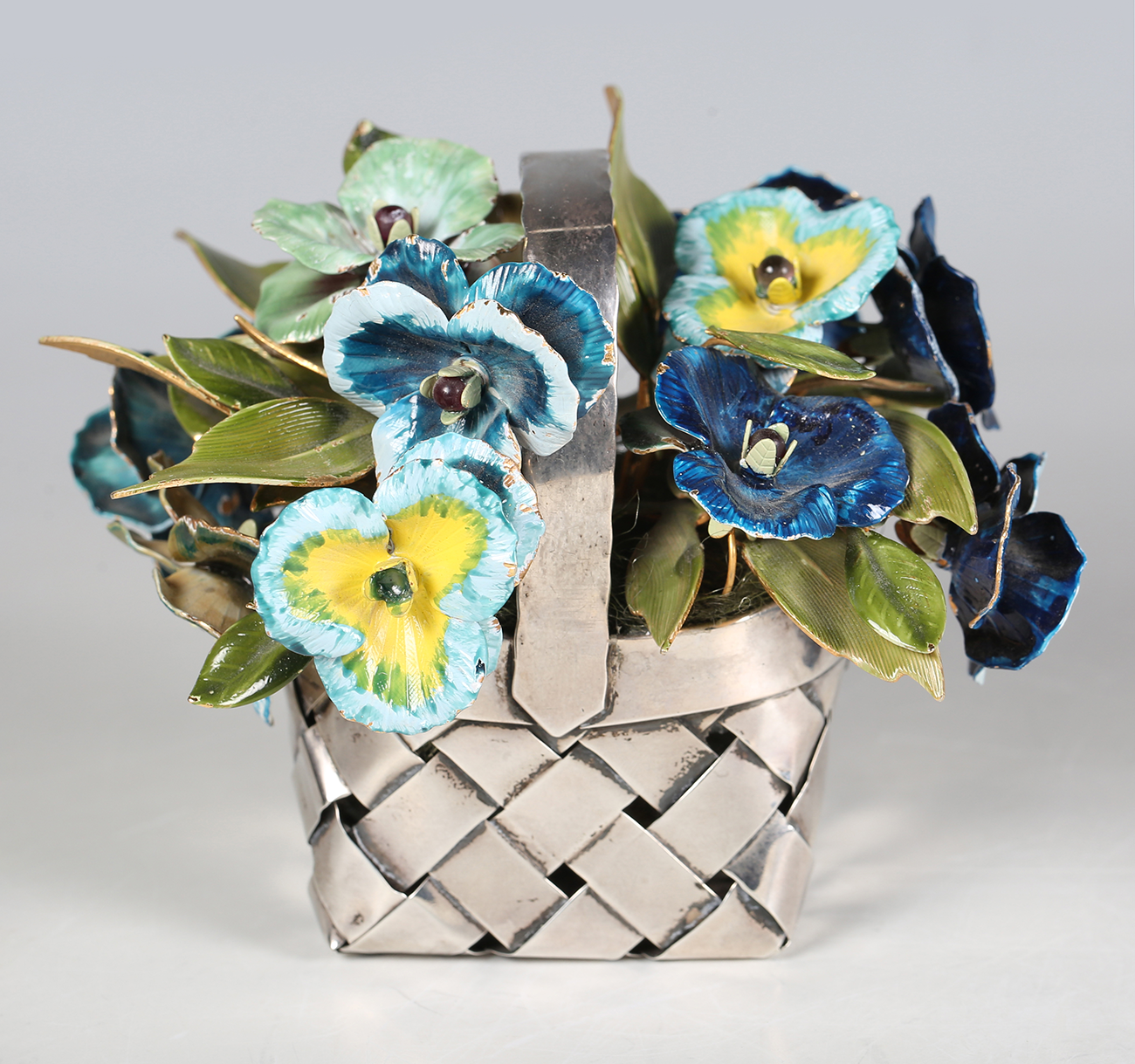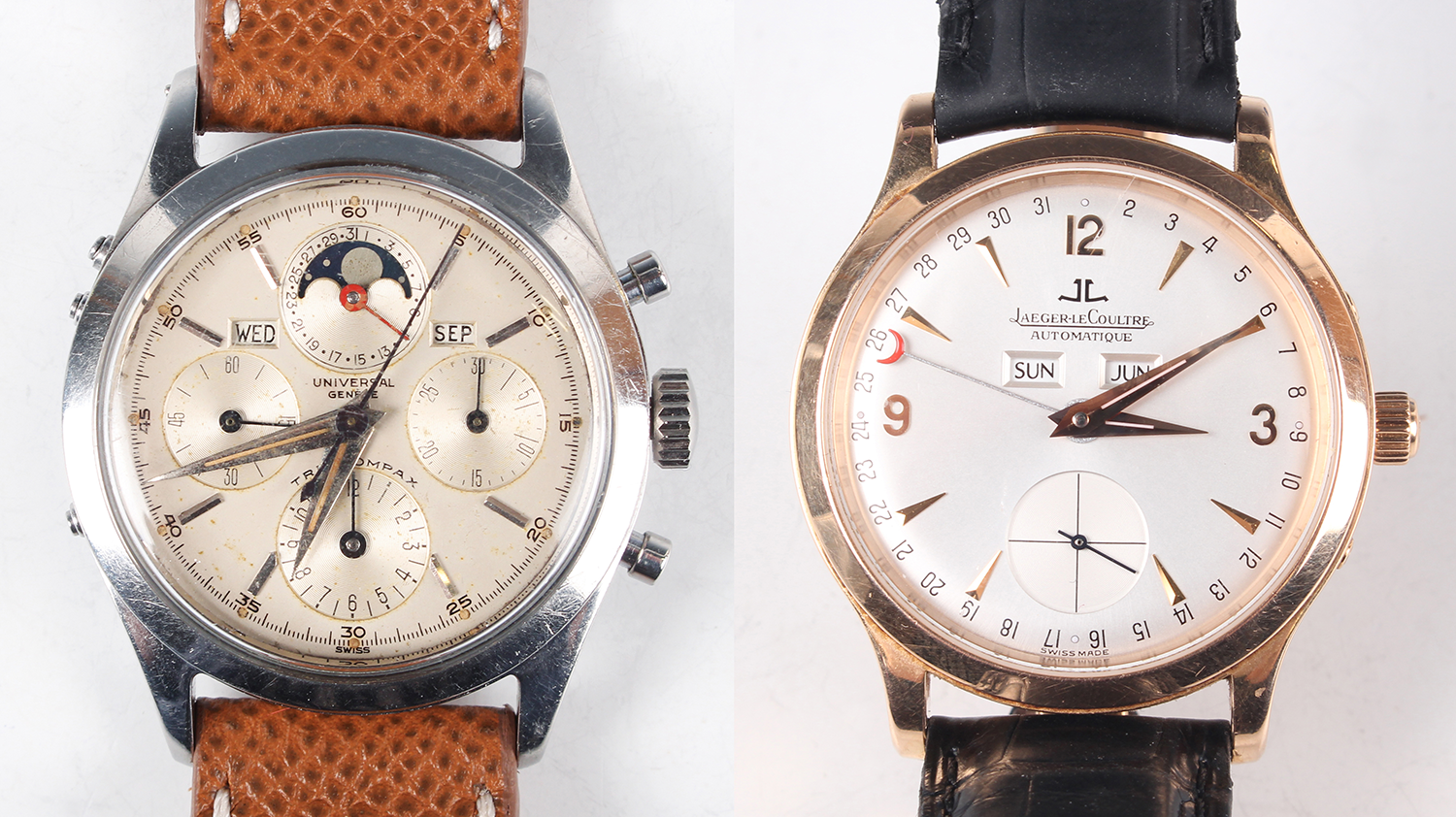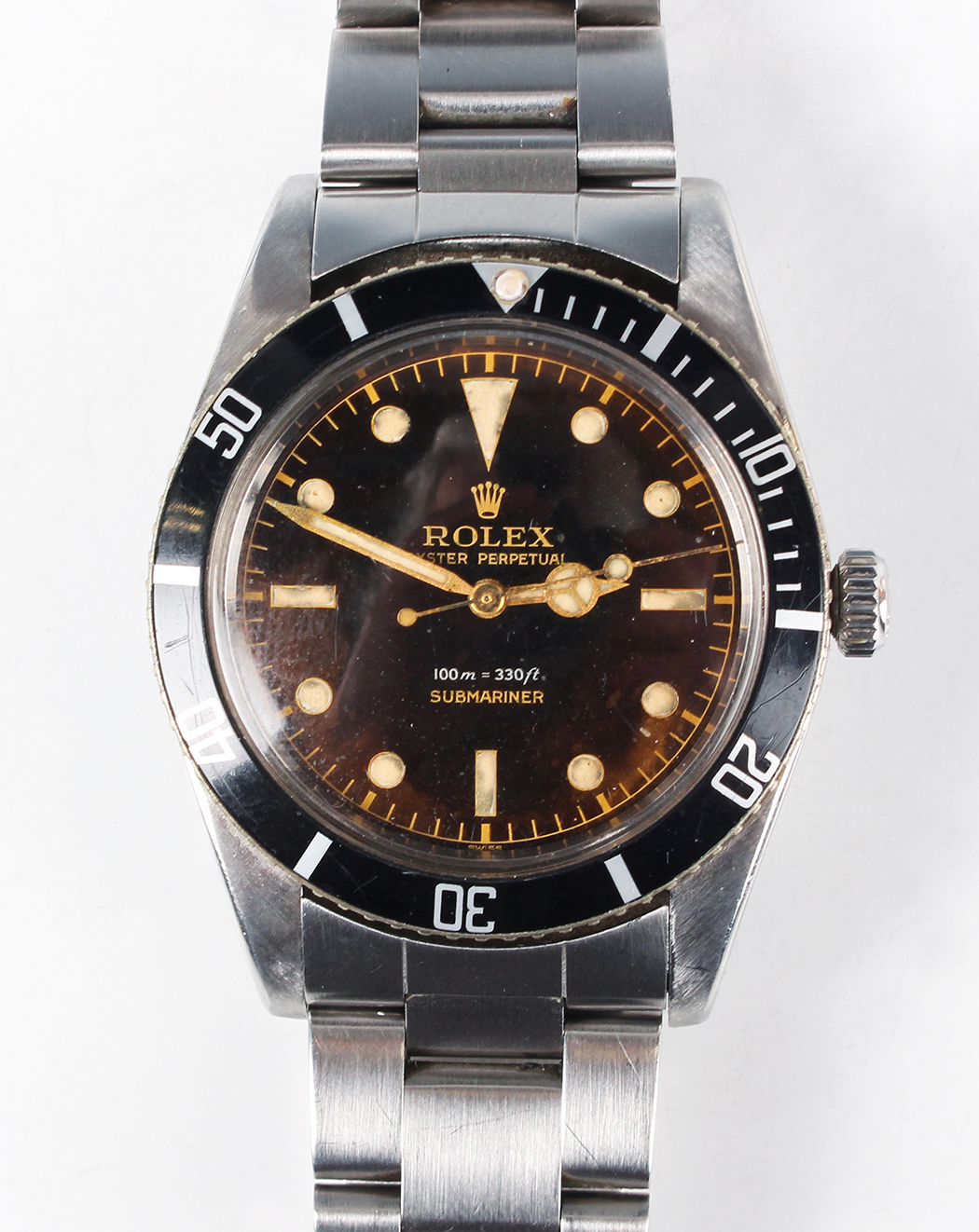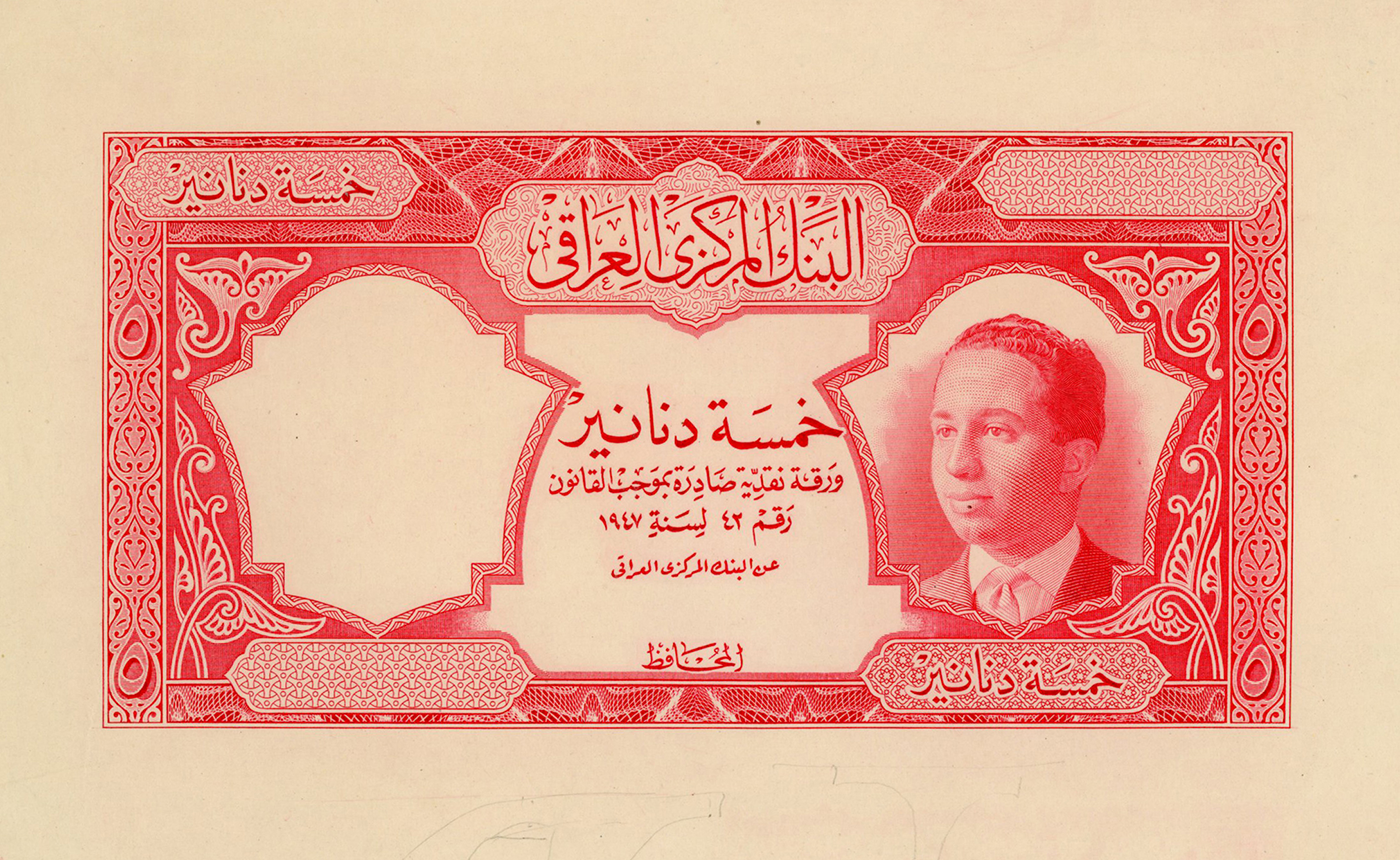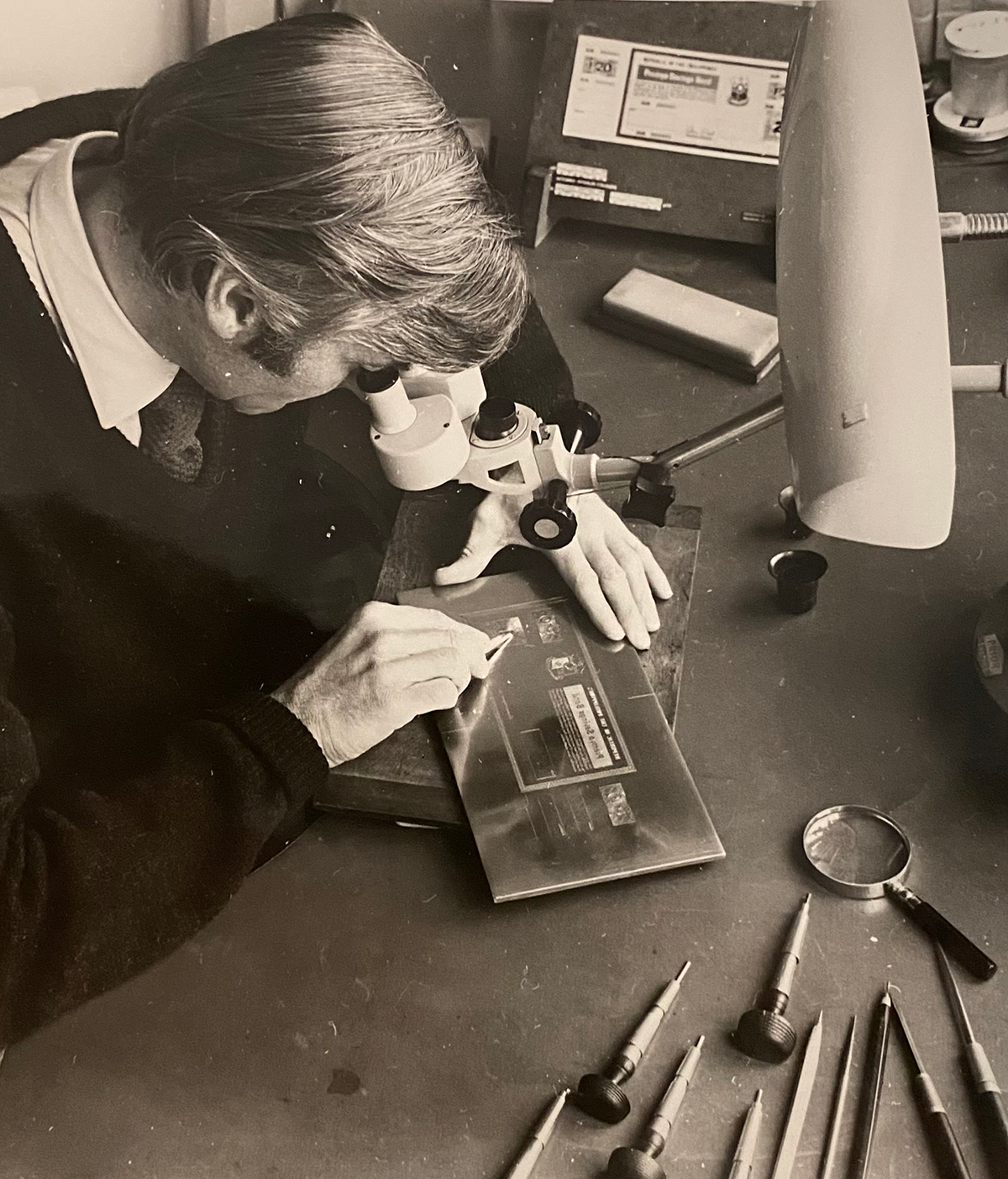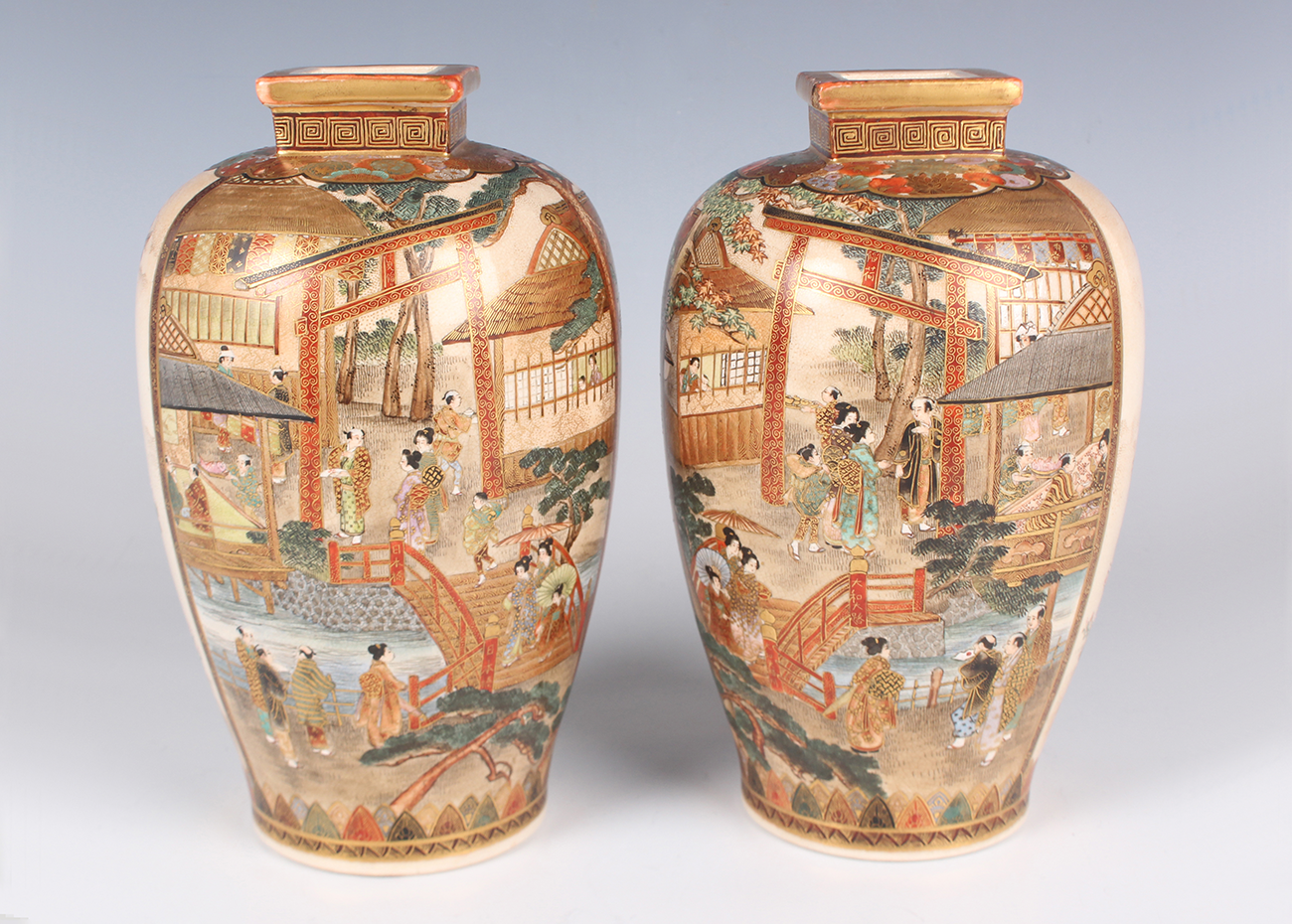
For more than two hundred and fifty years Japan had lived in relative isolation from the outside world. American gunboat diplomacy, instigated by Commodore Perry in 1853, opened up Japan for trade with the West. The Japanese did not wish to be a subjugated nation and turned to their rich tradition of arts and crafts to articulate their place in the world as a civilized nation. It was from these traditions that Japanese manufacturing began to emerge alongside the desire to benefit from trade.
Satsuma ceramics met with great success at the Paris Exposition Universelle of 1867. In contrast to earlier pieces Satsuma from the Meiji period (1868-1912) was elaborately decorated and predominately produced for export. After its success in Paris this finely conceived style was adopted by the ceramic artist, Kinkōzan Sōbei VI (1824-1884). He brought it to Kyoto and the Awata district became the centre of Satsuma production. The wares produced here were similar in style and taste to the Satsuma produced in other towns and cities like Osaka and Yokohama. The extravagance of these designs contributed to its popularity in Western markets.
Satsuma had become an aesthetic term rather than denoting place. However, the personal styles of the leading painters was articulated through their skilful use of palette and brushwork. Amongst these artists were Kinkōzan and Seikozan, whose work can be seen here.
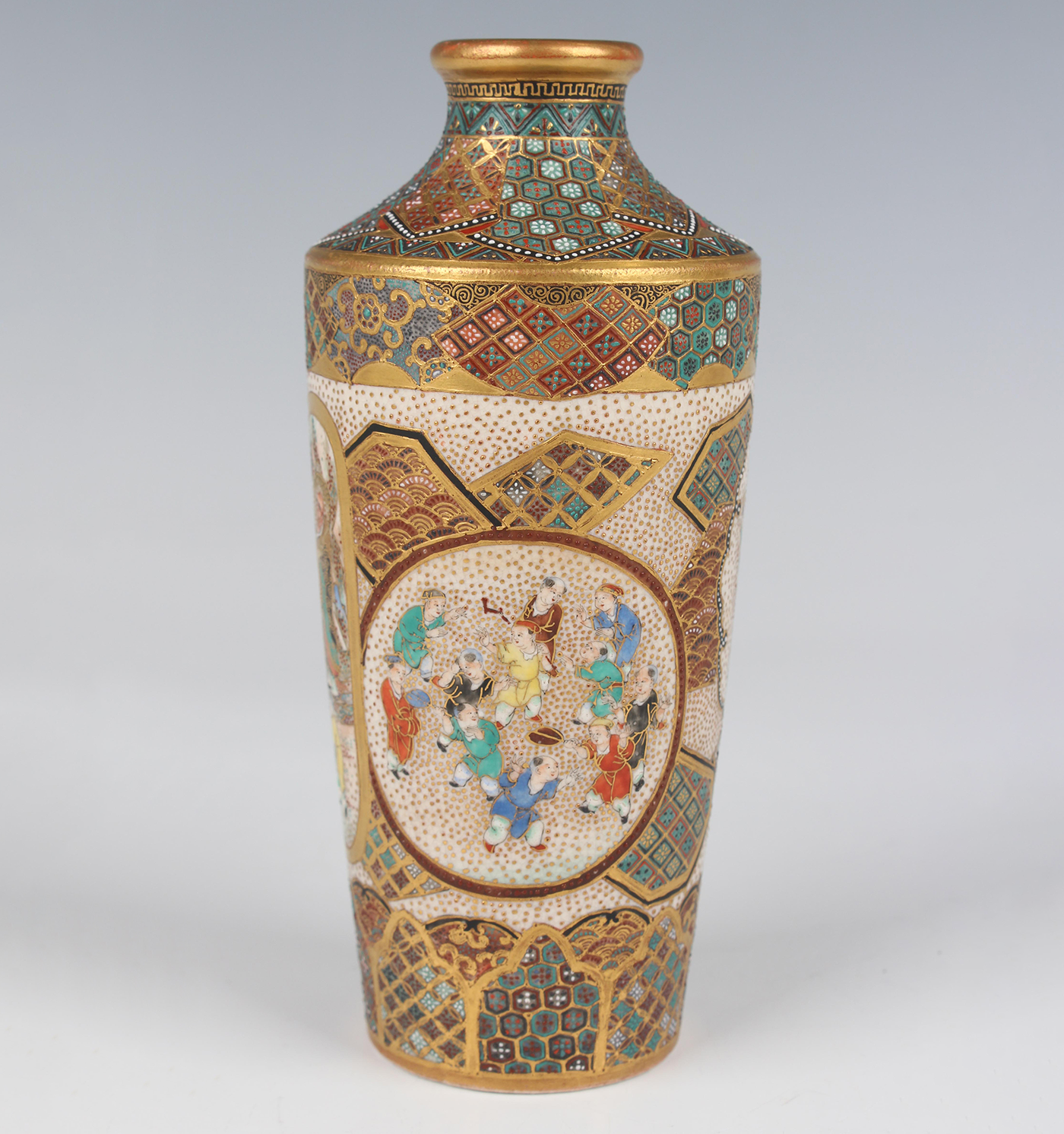
These richly ornamented vases capture the essence of Meiji Satsuma. Borders and details are lavishly defined in raised gilding. The painting is jewel like.
What was new in this Satsuma genre was the manner in which landscape imagery was employed to convey a narrative about Japan as can be seen in the decoration of these Satsuma vases from the Meiji period.
The pair of Japanese Satsuma earthenware vases by Kinkōzan are painted with an expansive scene of figures, pavilions, bridge and pine, divided by a vertical panel of sparrows flying above peony and fence. The Japanese Satsuma earthenware vase by Seikozan is painted with arhats, children and bijin, within borders of simulated brocade. These scenes open a window onto an exquisitely serene world inhabited by the Japanese educated classes. These vases realised £480 and £900 respectively at Toovey’s.
The Meiji period witnessed Japan’s evolution from a feudal, closed society, under the rule of the military shoguns, towards its manufacturing modern era. Satsuma ceramics is a quintessential expression of the Meiji period which continues to delight the imaginations of western collectors and our sense of the exotic.

